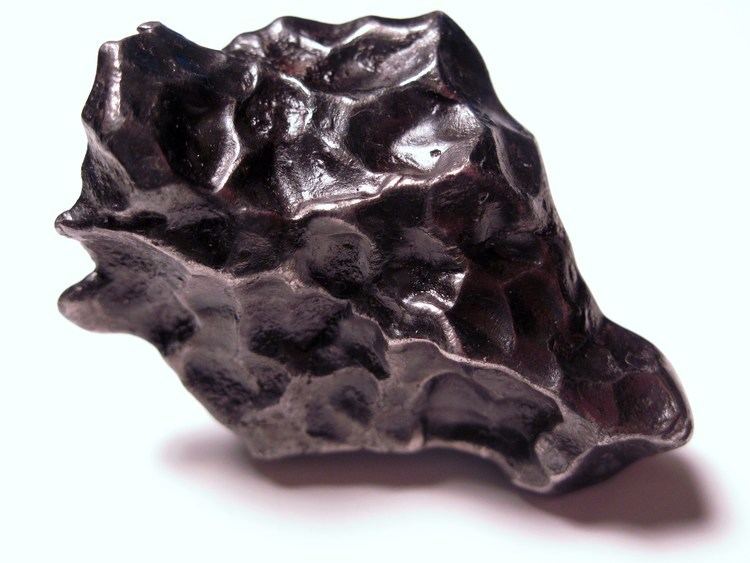 | ||
This is a glossary of terms used in meteoritics, the science of meteorites.
Contents
#
A
B
C
D
E
F
G
H
I
K
L
M
N
O
P
Q
R
S
T
U
V
W
Y
References
Glossary of meteoritics Wikipedia(Text) CC BY-SA
 | ||
This is a glossary of terms used in meteoritics, the science of meteorites.